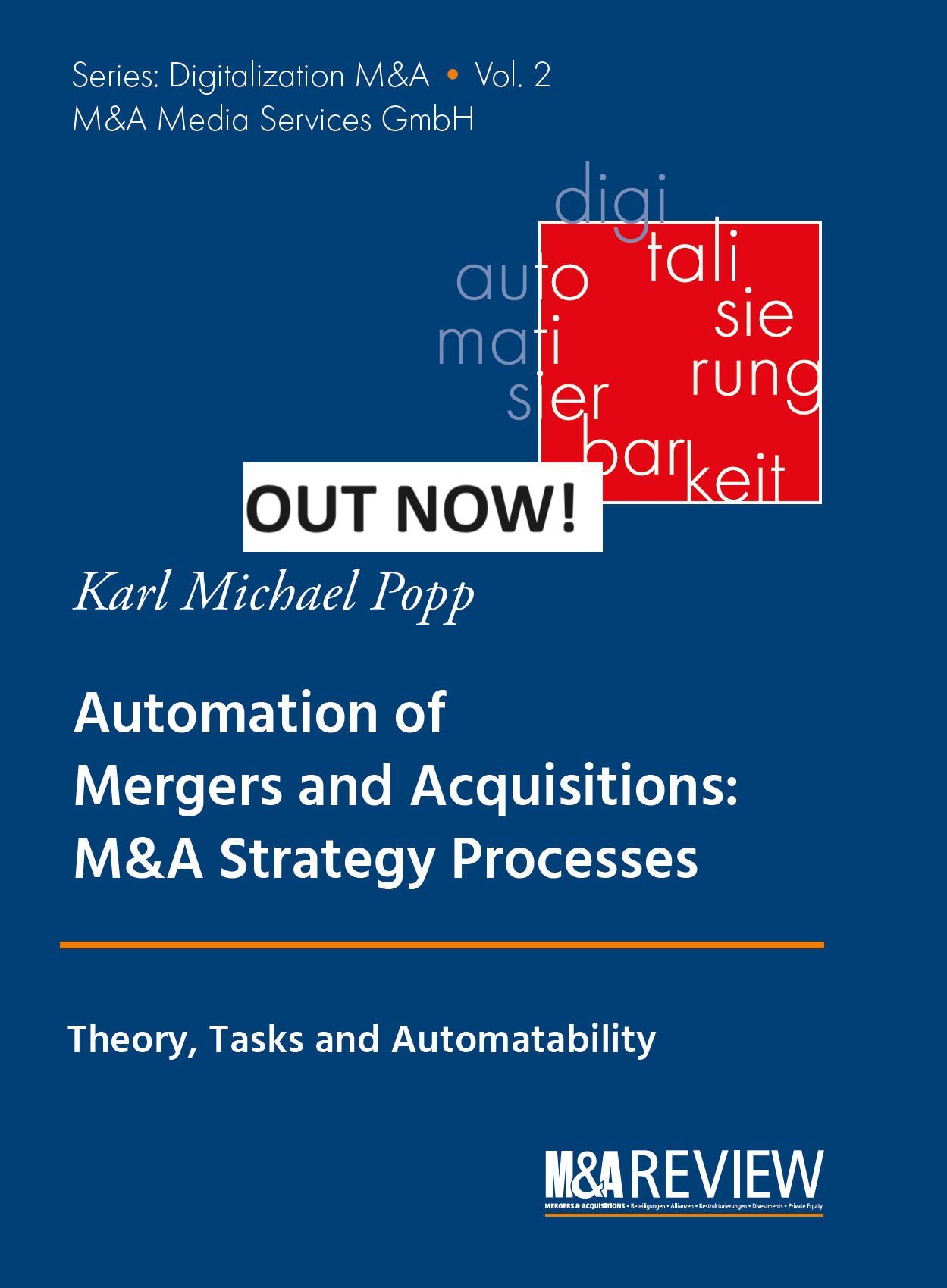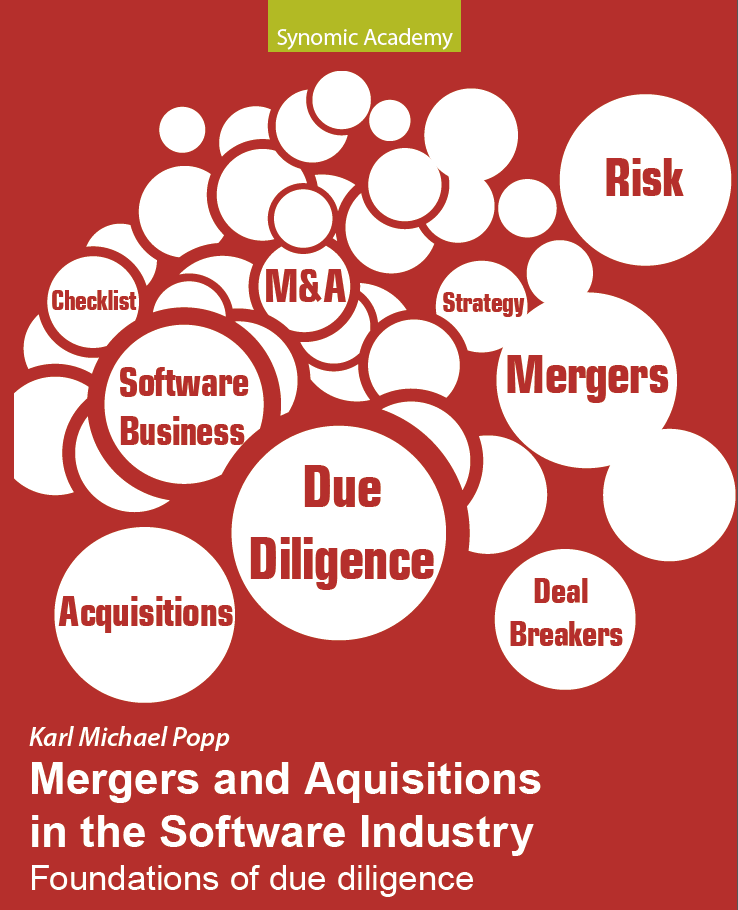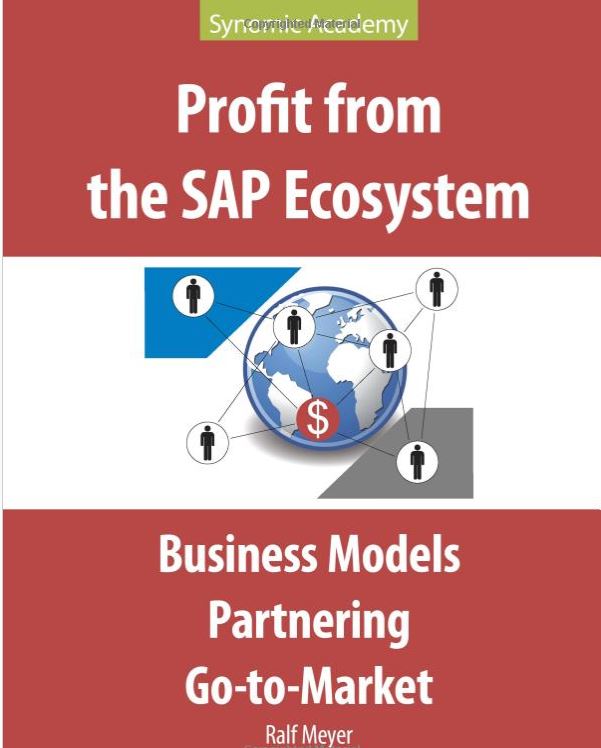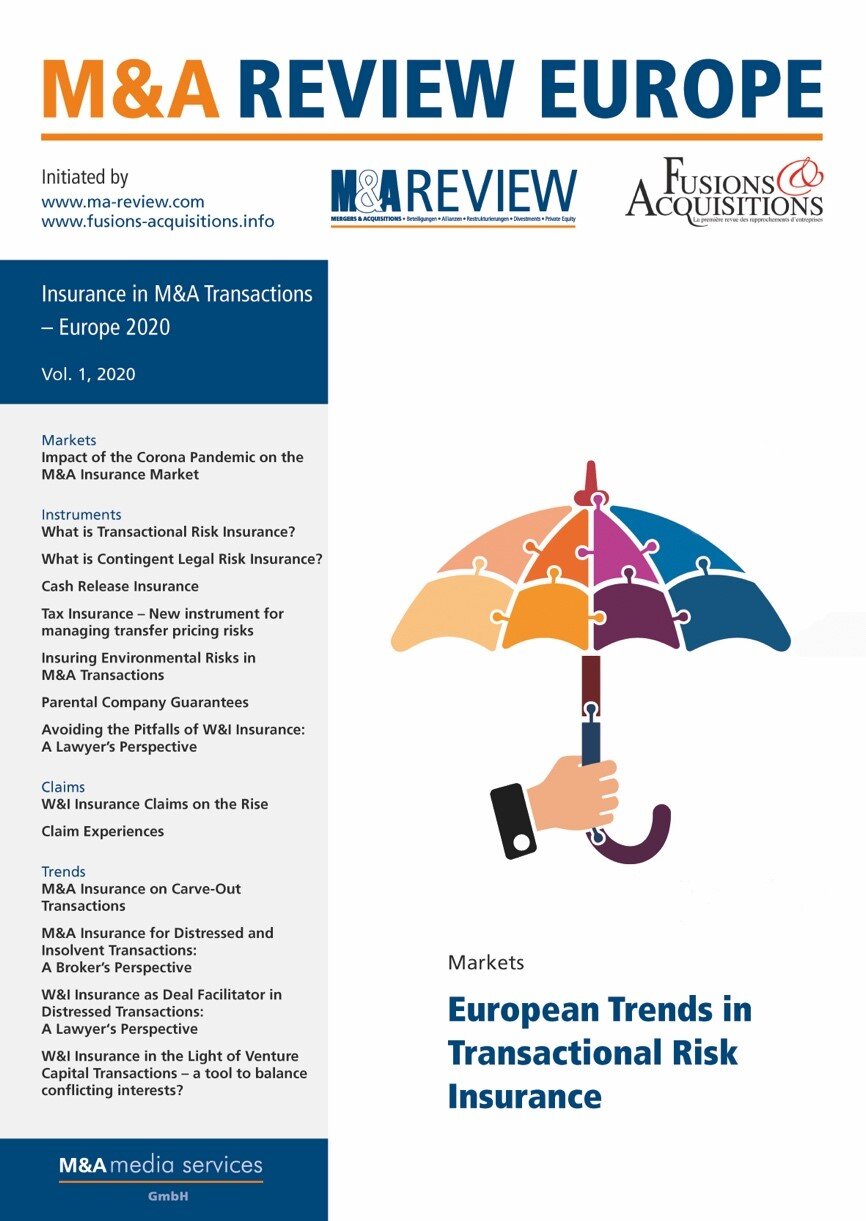Transfer Pricing for Intangible Assets and the Role of Tools
This blog is in the Top 25 M&A blogs worldwide according to Feedspot
In the contemporary and highly competitive global economy, intangible assets such as patents, trademarks, and proprietary technologies possess substantial value. Multinational corporations capitalize on these intangible assets to foster innovation and secure competitive advantages. Nonetheless, the effective management of these assets necessitates the implementation of sophisticated transfer pricing strategies, alongside tools that facilitate compliance, valuation, and strategic planning.
Understanding Transfer Pricing
Transfer pricing pertains to the methodologies and principles employed by multinational enterprises to allocate revenues and expenditures among their subsidiaries situated in various countries. These allocations are paramount for ascertaining tax obligations and ensuring that profits are accurately attributed to each entity within the corporate structure.
For intangible assets such as patents, establishing an arm's length price—the price that would be negotiated between independent entities—presents a complex challenge. Inaccurate pricing can precipitate considerable tax compliance complications, rendering it imperative to adopt advanced tools and methodologies.
The Importance of Intangible Assets
Intangible assets are integral to strategic business operations. In addition to boosting the company's worth, they promote innovation and a superior competitive position. According to the insights provided by the Federal Reserve Bank of St. Louis, the approach of using transfer pricing for patents often includes moving ownership to jurisdictions with less taxation, which consequently impacts tax responsibilities.
Tools and Technologies
- Valuation Software: These advanced tools assist in ascertaining the fair value of intangible assets, thereby ensuring that transfer pricing adheres to international standards.
- Data Analytics: In light of the proliferation of big data, analytical tools are essential for assessing the economic significance of intangible assets and for generating insights that support strategic decision-making.
- Tax Planning Solutions: Comprehensive software applications facilitate adherence to the tax regulations of various jurisdictions, enabling corporations to mitigate risks associated with transfer pricing.
Conclusion
In summary, the proficient management of intangible assets through transfer pricing is vital for enhancing corporate value and ensuring compliance with regulatory frameworks. The appropriate tools empower companies to navigate intricate pricing strategies, diminish risks, and leverage the competitive advantages conferred by their intellectual properties. As global regulatory measures become increasingly stringent, the reliance on advanced tools is likely to escalate, highlighting their significance in the realm of international business.
By harnessing these tools and strategies, corporations can proficiently manage their intangible assets, ensuring both compliance and strategic coherence with their overarching business objectives.
Like my thoughts? READ MY NEW BOOK
ORDER AT AMAZON
ORDER IN GERMANY









